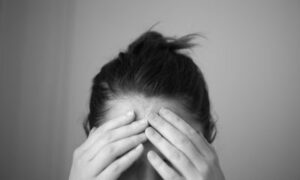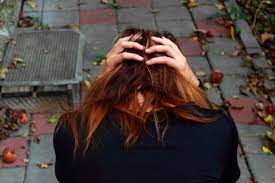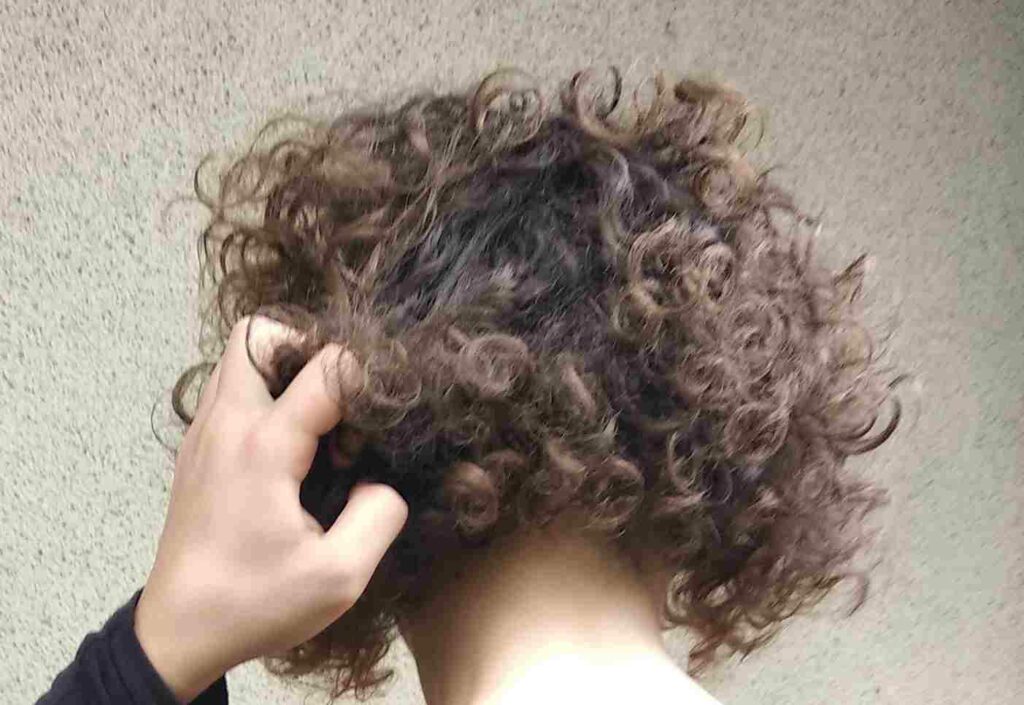Did you know that there is a relationship between trichotillomania and OCD? In this blog post, we will discuss the link between these two disorders and how they can affect someone’s life. Trichotillomania is a disorder that causes people to pull out their hair, while OCD is a disorder characterized by intrusive thoughts and compulsive behaviors. If you are struggling with either of these disorders, it is important to seek help from a professional. There are many resources available to you!
Contents
What Is Trichotillomania?
Trichotillomania is a type of impulse control disorder that affects the hair-pulling behavior of an individual. People with trichotillomania will have an irresistible urge to pull out their own hair, usually from their scalp or eyebrows. This can cause bald patches on the head and other areas where they have pulled out their hair. People usually have difficulty controlling this urge, which can lead to feelings of shame and embarrassment. Here are the common symptoms of trichotillomania:
- Intense urges to pull hair from the scalp, eyebrows, or other body parts.
- An increasing sense of tension before or after pulling out the hair.
- Feeling relief or gratification after pulling out the hair.
- Visible bald patches on the scalp or other areas where hair has been pulled.
- Avoidance of social situations due to embarrassment about the appearance of one’s hair.
What Is OCD?
OCD is an anxiety disorder characterized by intrusive thoughts and compulsive behaviors. People with OCD tend to have obsessions, which are repetitive and unwanted thoughts or images that cause distress, and compulsions, which are repetitive behaviors designed to ease the distress caused by the obsessions. For example, someone may have an obsession with germs, leading them to engage in compulsive hand-washing to try and get rid of any germs they might have come into contact with.
How Is Trichotillomania Similar To OCD?

The main similarity between trichotillomania and OCD is that both disorders involve intrusive thoughts and compulsive behaviors. People with trichotillomania may have the urge to pull out their hair, which they feel like they cannot control. In contrast, people with OCD may have obsessive thoughts about a particular topic and engage in compulsions designed to ease the distress caused by these thoughts.
Both conditions can cause significant distress for sufferers, and it is important to seek help from a professional if you are struggling with either of these disorders. A mental health professional will be able to provide treatment tailored specifically to your needs and help you manage the disorder so that it does not interfere with your daily life.
The difference is that trichotillomania is focused on hair-pulling behavior, while OCD is more generalized and can affect different areas of a person’s life.
What Is The Main Cause Of Trichotillomania?

Here are the main causes of trichotillomania:
- Genetic Factors: some people may be predisposed to developing trichotillomania due to their genes. Some anxiety, depression, or other psychological disorder – people who are struggling with mental health issues may be more likely to develop trichotillomania.
- OCD Or Other Chronic Stress Disorder: People with OCD or another chronic stress disorder may experience trichotillomania as a coping mechanism.
- Brain Chemistry: Abnormal levels of certain neurotransmitters in the brain can cause someone to have an increased urge to pull out their hair.
- Environmental Causes: Stressful or traumatic life events can also trigger trichotillomania. Watching someone else pull out their hair or being exposed to a situation where you feel overwhelmed can also cause someone to develop trichotillomania.
How Serious Is Trichotillomania?
Trichotillomania can be a very serious chronic disorder, and it can have a major impact on one’s life. People with trichotillomania often feel embarrassed, ashamed, or even suicidal due to their hair-pulling behavior.
The symptoms of the disorder can lead to feelings of shame and embarrassment, which can interfere with your daily life. Additionally, long-term hair pulling may cause permanent balding or skin damage in the areas where the hair is pulled from. It is important to get help as soon as possible so that you can start learning coping strategies and managing the disorder effectively.
Diagnosis Of Trichotillomania
If you think that you may have trichotillomania, it is important to seek help from a mental health professional. A psychiatrist or psychologist can diagnose the disorder based on your symptoms and the results of an evaluation. The DSM-5 (Diagnostic and Statistical Manual of Mental Disorders) includes criteria for diagnosing trichotillomania, and a professional will use this to determine whether or not you have the disorder.
How Does Trichotillomania And OCD Your Daily Life?
There are a few ways Trichotillomania and OCD can affect your daily life:
- Impairment in focusing and concentration: When you are constantly dealing with intrusive thoughts or the urge to pull, it can be difficult to stay focused on tasks or activities. This can lead to decreased productivity and/or difficulty completing assignments at work or school.
- Increased stress: Dealing with obsessive thoughts or compulsions can be quite stressful, and this can lead to increased anxiety levels in your daily life. This can make it difficult to manage stress on a regular basis, which impacts overall well-being.
- Social isolation: When you are dealing with Trichotillomania or OCD, it can be difficult to open up and share with others. This isolation can lead to feelings of loneliness and disconnection from the world around you, which may further increase symptoms.
- Low self-esteem: When dealing with Trichotillomania and OCD, it is common to feel like you are the only one going through it. This can lead to feelings of guilt or shame, which can lead to low self-esteem.
How Can I Stop My Trichotillomania?

Here are some tips for managing trichotillomania:
Identifying Triggers And Distraction Techniques
Pay attention to what triggers your hair pulling behavior and learn how to manage them in healthy ways. Examples of common triggers include boredom, stress, anxiety, anger, and fatigue.
Use distraction techniques to help you resist the urge to pull out your hair. Examples of this include deep breathing exercises, counting backward from 10, or squeezing a soft object in your hand when the urge strikes.
Practice self-compassion instead of punishing yourself for engaging in the behavior. It is important to remember that trichotillomania is a disorder and it is not something you should be ashamed of.
Changes In Lifestyle
Make changes to your lifestyle that can help reduce the urge to pull out your hair. Examples include getting enough sleep, exercising regularly, and avoiding stressors. A healthy diet and avoiding alcohol and drugs can also help reduce the urge to pull out your hair. Sleep, hygiene, and relaxation techniques such as meditation can also help manage trichotillomania.
Certain vitamins and herbal remedies may help to reduce hair pulling. Examples include St. John’s Wort, 5-HTP, and SAMe.
Mindfulness Meditation
Mindfulness meditation can help you become more aware of your thoughts, feelings, and behaviors. This practice encourages you to be present at the moment and observe your experience without judgment or criticism. CBT exercises that can perform at home can also help to manage trichotillomania. Self-awareness training is a type of therapy that helps you become more mindful and aware of your hair pulling behavior. It encourages you to observe and analyze your thoughts, feelings, and actions without judgment or criticism. This can help you gain insight into why you’re engaging in the behavior and what triggers it.
Family Therapy
Family therapy is an effective, collaborative approach to addressing family issues. It provides a safe space for family members to express their feelings and explore solutions to any conflicts they may be experiencing while developing greater understanding and empathy between all parties. Group therapy can be an effective way to help manage trichotillomania, as it provides a space where you can share your experiences with others and learn from their stories. This also helps to reduce feelings of isolation and build a sense of community among people with the disorder.
Conclusion
Trichotillomania is a disorder that can be disruptive and distressing. While there is no cure, there are many ways to manage the symptoms. Some of these include habit reversal therapy, group therapy, self-awareness training, medications, identifying triggers, distraction techniques, changes in lifestyle and diet, vitamins and herbal remedies, and mindfulness meditation. With the right support and treatment plan, reducing or even stopping hair-pulling behavior is possible.
For more information and guidance, please contact MantraCare. OCD is a mental health disorder characterized by obsessions and compulsions. If you have any queries regarding Online OCD Counseling experienced therapists at MantraCare can help: Book a trial OCD therapy session


